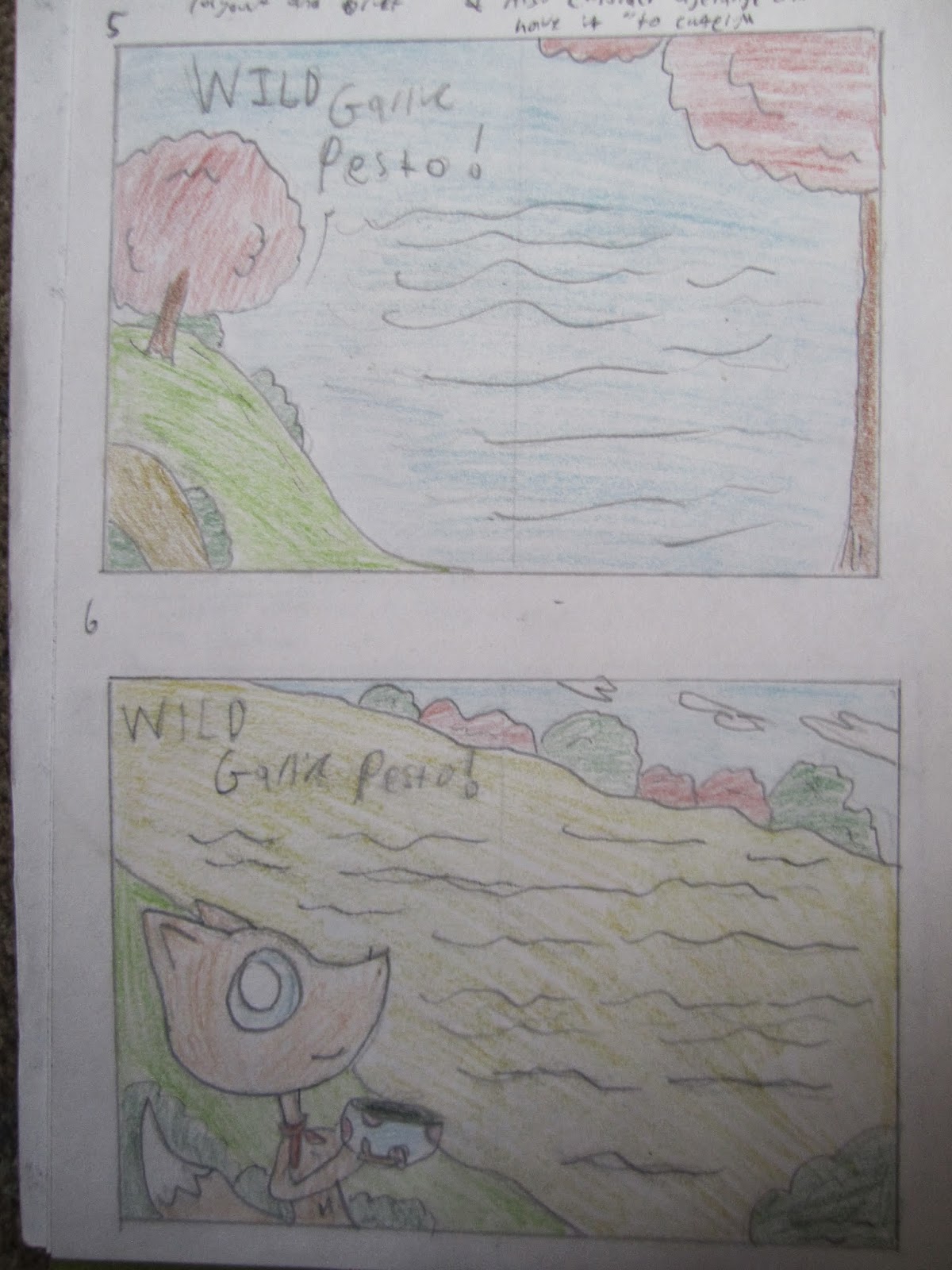1:Living
books
Although this is a very old example,
I feel it is relative to the discussion at hand and I can vouch for it as it
helped me learn what I was a child. Living book is a company that creates
interactive children’s book in the form of a game and story. The group was
founded in 1992 and is associated with the random house company and have worked
to created 18 timeless books from Dr.Seuss to Author. The age range for all
these stories are fairly young from about 2-6 years old, the older children
will enjoy the fun interactive well the younger will simply enjoy the story and
visuals.
I have read
many of these books as a child so I have firsthand experience on how they work.
On first load up, you can choose if the story is interactive or not. On selecting
interactive, a scene will play and the page of the first story will be read, after
which children can go to the next page by clicking the arrow icon but before
then they can click of different things on the page/screen and interact with it
(for example, clicking an owl might make it hoot and clicking the pound might
make a fish jump out.)
They can
also click on the words at the bottom of the page and they will be spoken out,
this helps children read at their own pace and to hear the sound of the words
as well as see them on the page. On Authors teacher trouble, one page is all
about Authors spelling test, and the page shows a bunch of words on the page,
clicking the word will not own make the word be sounded out but will also show
a visual. This is an excellent way to learn for children and will help them
remember the sounds and visuals a lot easier.
Although the
books are all very old, these are a fantastic way of learning and I cannot
think of any way they could be improved. Even if people argue the visuals could
overpower the story, the story can be played without the visuals. The only
downside I can think of is that the books are dated, so no touch screen
elements are available making the books feel more like a game then a story.
2: Animated story book - lion king
Around the
time of living book, Disney had their own similar company working on
interactive books called “Disney interactive” that still works today to create
console games hosted by Disney. The first book in their series was the lion
king and the last was Mulan. The books came out around the same time as the
films and because of the close tie in and popularity of Disney were highly successful
and also appealed to a wide range of audiences, though there target would have
been similar to living books of 2-6.
The books
also ran in a similar fashion, telling the story on each page and then allowing
the reader/player to interact with the elements on the page afterwards such as
clicking on a character or background item and watching it move/speak or
clicking on a word and hearing it be sounded out. The fact that the book are
Disney helps to engage children even more as they learn to identify with the
characters and if they have seen the movies, they know what should be happening
in the scene which will help them understand the words.
Like the
living books stories, you can choose to have the interaction turned off or on,
having it off well simply go though the story with the only visuals being the
ones before or during the story being read. This can help children focus more
on the story. There are slightly more elements to these books then the living
books stories, there are extra side games you can click on for each page and
also an option similar to a dictionary that helps children understand the
words. There isn’t much to penalise with the Disney books other then similar to
living books they are quite old and so no touch screen elements are available.
3:Meet the
insects encyclopaedia series
After
looking at two older companies/series I decided to look at and compare them to
a more modern series of e-books called “Meet the insects encyclopaedia series”.
This is a series of Apps all about insects and is highly educational and
involving. The app includes, touch screen elements such as changing pages and
zooming in, photos and videos of the insects and stories and games featuring
illustrated versions of the insects.
There are
three apps in the series, all tackling different insects. The book is very
educational and really does in depth about each insect, you can learn about their
history/origin including how they move and what they eat and learn about each individual
part of their body.
Due to the
subject matter and the more advanced language used, the age range for these
books would properly be late first school/middle school area of about 6-10, but
even then adults and older children could still learn a lot about these factual
apps/books.
The story
elements in the app/books are not too long but six are included in each
app/book and the visuals are interesting and subtle enough to keep children’s interest.
The visuals in all the elements of the app are fantastic for learning, instead
of one picture, children can see the whole of the insect in a range of
different ways which really helps children to understand the facts they have
read/digested. Due to the heavy and serious subject matter, children will
properly not engage with the factual aspects unless motivated however the illustrate
stories should provide enough stimulation for children of even a younger age.












































